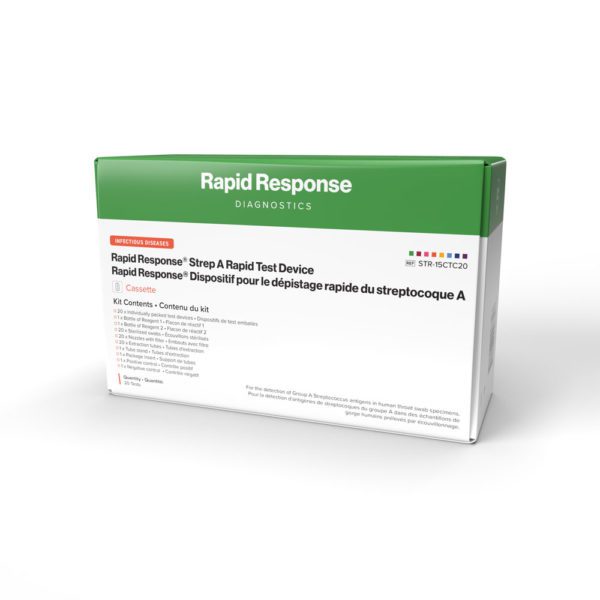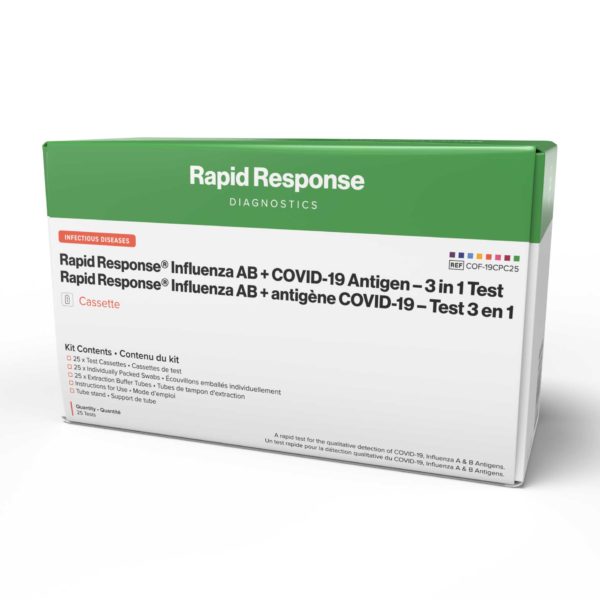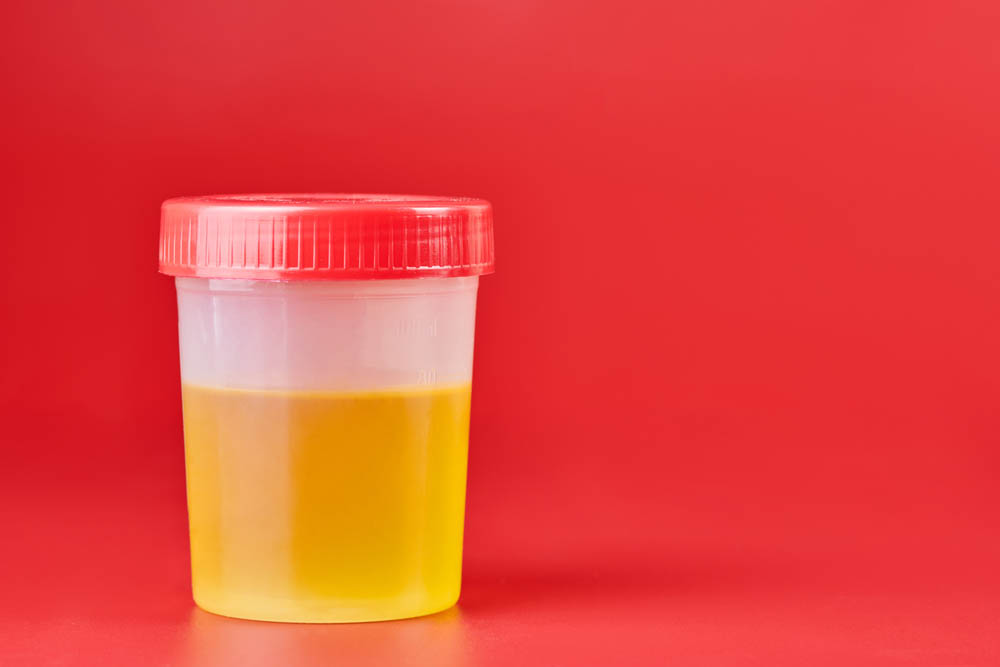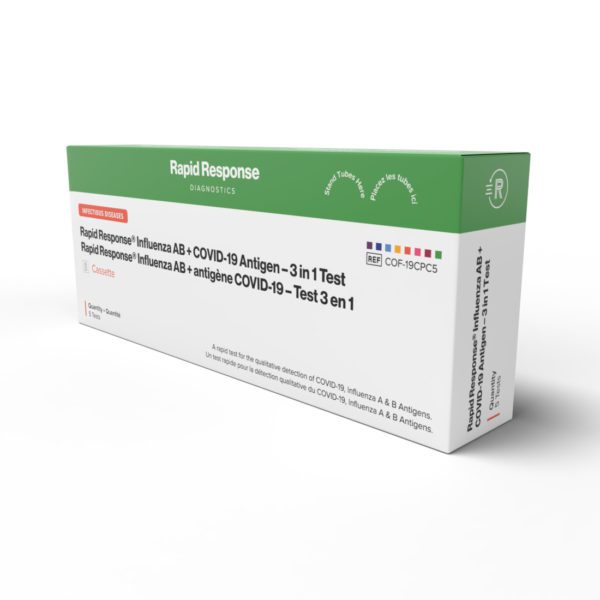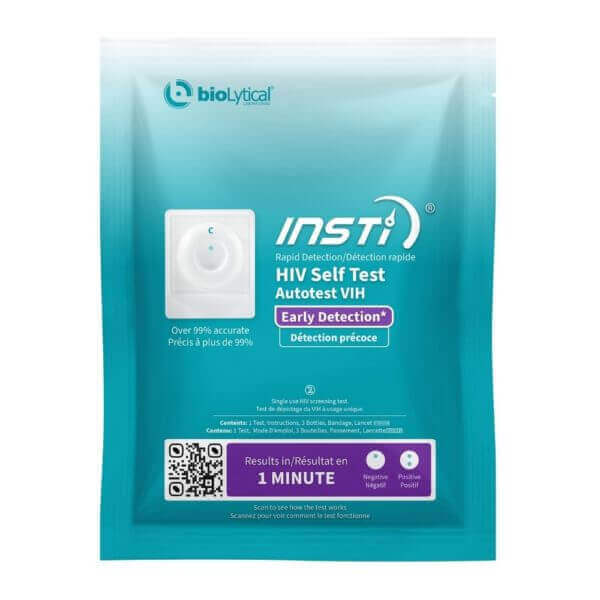Being a common condition, having UTI is a real pain and if you ignore it, it can turn into a bigger problem.
Understanding the costs associated with testing and treating UTIs is crucial for anyone who may be experiencing symptoms or those looking to prevent an infection.
Here’s everything you need to know about the cost of at-home UTI tests and treatment options.
Understanding urinary tract infections (UTIs)
A UTI happens when bacteria, usually from your bowel, get into your urinary tract and start to multiply. It affects any part of your urinary system, including:
- Kidneys
- Ureters
- Bladder
- Urethra
Most infections involve the lower urinary tract, which is the bladder and urethra.
This is most commonly caused by Escherichia coli (E. coli), but other bacteria can also be responsible.
When you have a UTI, you might experience the following:
- A strong, persistent urge to pee
- A burning sensation when you pee
- Passing small amounts of urine frequently
- Cloudy or bloody urine
- Strong-smelling urine
- Pelvic pain (especially in the centre of your pelvis or around your pubic bone)
- Rectal pain (in men)
- Sometimes feeling tired or shaky
Women are at a higher risk of developing a UTI than men. In fact, around 50% to 60% of women will experience it in their lifetime.
UTIs can be uncomfortable, but they’re usually not serious unless the infection spreads to the kidneys.
What methods can be employed to both treat and prevent UTIs
If you suspect you have a UTI, the best course of action is to see a healthcare provider. They’ll likely prescribe antibiotics to kill the bacteria causing the infection. It’s crucial to take the full course of antibiotics, even if you start feeling better before you finish them. This way, you eradicate the infection and reduce the risk of it coming back stronger.
Also, here are the ways that you can implement to prevent UTIs.
- Stay hydrated. Drinking plenty of water helps to flush out bacteria from your urinary tract, which reduces the risk of infection. Aim for at least eight glasses of water a day.
- Practice good bathroom habits. Always wipe from front to back after using the toilet to prevent bacteria from entering your urethra. Also, empty your bladder completely whenever you pee.
- Urinate after intercourse. Peeing after sex helps to flush out any bacteria that may have entered your urinary tract during sexual activity.
- Avoid irritants. Certain products like spermicides, douches and feminine hygiene sprays can irritate your urinary tract and increase the risk of UTIs. Try to avoid using them.
- Consume cranberry products. Some studies suggest that cranberry juice or supplements may help prevent UTIs by preventing bacteria from sticking to the walls of your urinary tract. However, more research is needed to confirm this.
- Consume probiotics. Some evidence suggests that probiotics may help maintain a healthy balance of bacteria in your urinary tract, reducing the risk of UTIs. Talk to your healthcare provider about whether probiotics might be right for you.
How do I get tested for a UTI?
To get tested for a UTI, you’ll need to go through a urinalysis, a procedure in which your doctor will ask you to provide a urine sample to check for the presence of bacteria and white blood cells. This can be done at a doctor’s office or a clinic.
In some cases, your healthcare provider may also send your urine sample to a lab for a urine culture. This test can identify the specific type of bacteria causing the infection and help determine the most effective antibiotic for treatment.
If you’re experiencing recurrent UTIs, more comprehensive tests may be conducted to understand the cause better.
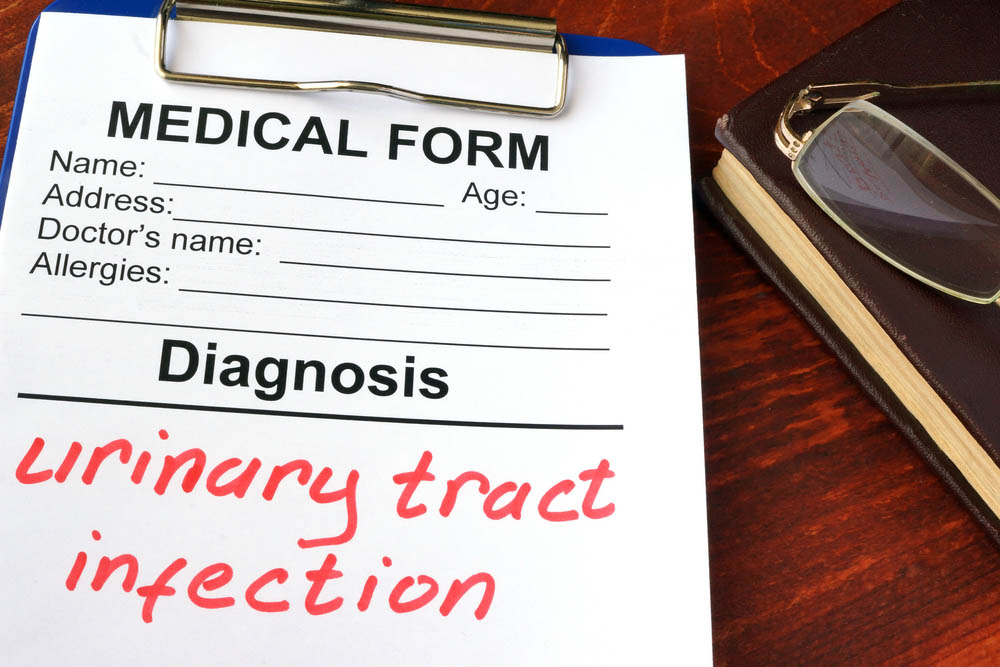
Where can I find testing or treatment for a UTI?
Testing and treatment for UTIs are readily available at these places:
- Doctors’ offices
- Urgent care clinics
- Pharmacies that offer clinical services
If you have no insurance or if you prefer privacy, you can purchase at-home UTI test kits online or at a pharmacy. This allows you to conduct an initial screening before seeking professional medical advice.
Exploring UTI treatment cost at home
If you’re looking to explore UTI treatment options at home, the costs vary depending on the methods. Here’s what you can consider.
Firstly, to know your infection status, you need to get tested for UTI. On average, you can expect to pay anywhere from $10 to $30 for a home UTI test kit. These kits typically include test strips that detect the presence of nitrites, leukocytes and proteins in the urine, which are indicators of an infection.
If you suspect having a UTI, you need to consult a healthcare provider so they can guide you with the treatment.
In cases where antibiotics are required, the cost without insurance can vary significantly based on the specific antibiotic and the duration of the treatment. Generic antibiotics may cost as little as $4 for a course of treatment under discount programs available at some pharmacies, while more specialized or brand-name antibiotics can cost significantly more.
Here are the associated costs for other treatment options and preventative measures.
- Over-the-counter medications. The cost of over-the-counter pain relievers like ibuprofen or acetaminophen can vary depending on the brand, quantity and whether you opt for generic or name-brand products. You can expect to pay anywhere from $5 to $15 for a standard-sized bottle of these medications.
- Water is generally inexpensive and widely available. If you prefer bottled water, prices can range from a few dollars for a case of water bottles to several dollars for a larger pack.
- Cranberry products. The cost of cranberry juice or cranberry supplements can vary depending on the brand, quantity and formulation. A bottle of cranberry juice may range from $3 to $10, while cranberry supplements can range from $10 to $30 or more, depending on the quantity and concentration.
- Heat therapy. Heating pads and warm compresses are relatively affordable and can often be purchased for less than $20 at pharmacies or online retailers. Disposable heat packs are also available for a few dollars each.
- Urinary alkalizers. Over-the-counter urinary alkalizers like sodium bicarbonate (baking soda) are typically inexpensive, with prices ranging from $3 to $10 for a standard-sized container.
- Rest and self-care. Rest and self-care practices don’t typically incur any additional costs beyond your usual daily expenses. However, if you choose to pamper yourself with extra comfort items like soft blankets or soothing teas, those costs can vary depending on your preferences.
It’s also worth considering the long-term cost benefits of investing in prevention. Regular use of preventative measures can potentially save money by reducing the frequency of UTIs and the need for treatment.
Key takeaway
How much you’re expected to pay for testing and treating UTIs can vary widely based on a range of factors, including the choice between professional medical services and at-home testing, the type of treatment prescribed and whether you have health insurance. While at-home tests offer a convenient and cost-effective first step in identifying a UTI, they’re not a substitute for professional medical advice and treatment.
